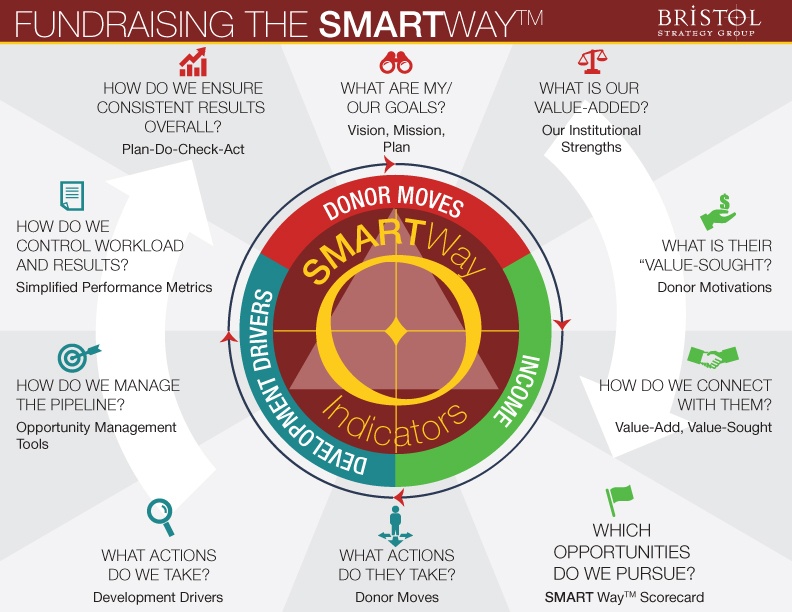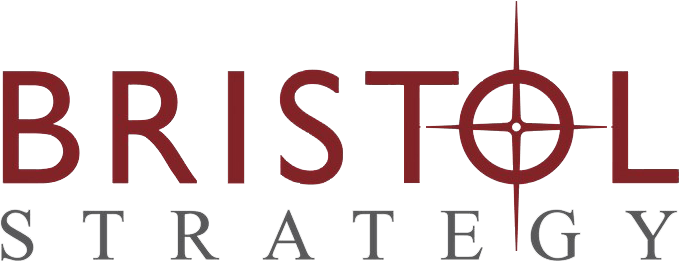This is the third article in our series on fundraising management. This time, we’ll discuss how good management practices remove obstacles to success. This is one of the three major duties of management. And by the way, we’ll reveal (gasp!) the difference between management and “managers.”
The Three Duties of Great Management
- Remove obstacles to the organization’s success.
- Provide tools and resources to enable success.
- Make sure people do what’s needed to reach goals and objectives.
Removing Obstacles
Like the farmer’s strategic plan for planting crops on their land is not the same as the tactical tools and machinery they’ll l use to do the planting, growing, and harvesting, a manager’s duties are not just to strategically plan what needs to be accomplished, they must also remove the obstacles preventing employees from having the tactical tools to do the job and reach the goals.
You can’t expect your employees to harvest a bumper crop of donors, if you didn’t fix your leaking pipeline responsible for watering your fields.
Here are a few examples:
- If there are no ideal-funder profiles, your folks are left running in the dark. That’s an obstacle.
- If there is no readily available prospect research, your folks probably don’t know how much to ask for. They’ll fall back on “what I asked for last time,” or “choose from this list of levels.”
Who knows how much money you’re leaving on the table? Great prospect research services can remove this obstacle.
The obstacle that bugs me the most, and used to make me nuts back in my sales-rep days, is “what do I do next?” When I asked that question, the answers I got ranged from {shrug} “I don’t know, you figure it out” to “watch Fred over there and copy what he does.” Boo! How about defining simple opportunity stages?
If you’ve already taken your donor prospect to the first “move” or opportunity stage, now get to the “next” stage. Good old Moves Management does that, in spite of its missing components.[1]

So, what happens when the organization is set up with such management controls? Productivity and income from philanthropy go up, while uncertainty, anxiety, and cost of lost opportunity go down.
A Development Officer Implementation Scenario
Okay, so you just hired a new Development Officer. She’s fresh out of college, full of energy and drive, and has great passion for the market you serve. Eventually, she’s going to say, “Okay, great organization, great mission, now, which donor prospects do I call on, how much do I ask for, and what do I do next?”
If the organization’s managers (strategic planners) can’t provide this new development officer with guidelines (tactical tools) on how best to cultivate donors, what size of gift to forecast, and the desirable path to follow to get your donor prospects to a “yes”, the organization’s managers have littered that new officer’s path with obstacles. Or is it landmines?
Let’s follow this scenario to its illogical vs logical conclusion:
What donor prospects do I call on?
A. The obstacle: “Oops, we don’t have a documented ideal-funder profile.”
B. The answer should be: “Prospects who match our ideal-funder profiles and offer a decent return on effort.”
How much do I ask the donor prospect for?
A. The obstacle: No prospect research tools and nothing to go on but what was asked for the last time.
B. Answer should be: “An amount justifying the investment of your time and based on our great prospect research.”
What do I do next?
A. The obstacle: No documented opportunity pipeline strategy and no tactical pipeline workflow process.
B. The answer should be: “Move your prospect to the next step in our donor pipeline.”
Several of you are probably warming up the rotten tomatoes to throw my way, because you know experienced fundraisers “should” have the right answers to these questions. Joke’s on you, pal! Hold your tomatoes, because the majority don’t. Maybe they knew it during their last job, but what they “knew” doesn’t necessarily translate to your organization, donors, mission, programs, reputation, and ratings on CharityNavigator, Guidestar, or watchdog you prefer.
“Management” vs “Managers”
Too often, we comingle the terms “management” and “manager”, but that bad habit needs to stop.
Management is a set of practices; Manager is a title. Just because someone holds a “Manager” title, there’s no guarantee that person has been charged with the duties of management or even has access to the tools and methods required to manage.
Let’s just ignore the term “manager” for the time being, and focus instead on the duties, especially the duty of removing obstacles to fundraising success.
In the world of fundraising, management practices are conspicuous by their absence. If they were deeply entrenched, our Leaky Bucket research wouldn’t be so distressing. By failing to adopt a healthy set of enlightened practices, including key tactical tools, metrics, and reporting methods, we can’t remove the dozens of obstacles to success.
Our own research is pretty conclusive. About three quarters of all nonprofits (based on a sample of 1300+ responses to date) lack:
- Documented ideal-donor profiles, including giving motivations.
- Pipeline methods heavy on leading indicators (stuff you can document happening early in the cultivation cycle).
- Targets for number of prospective gifts you need in order to make your annual funding goal.
- Ways to maintain desirable levels of donor retention and acquisition.
Only about 60% have so much as a homegrown spreadsheet to keep track of performance. 53% lack a strategic plan. Need I go on?
These items are collectively called “management controls”. Without them, you have too many obstacles. People are running in the dark and shooting from the hip, in terms of everything from deciding if the prospect is worth pursuing (or the grant worth applying for), to managing donor retention. The cost of providing these management controls is minuscule, trivial, lunch money, compared to the cost of not having them.
These days the average tenure of a development officer is only 18 months, barely long enough for the officer to find the bathroom and learn the mission statement.
Maybe nonprofit leaders don’t realize it’s a long process; fundraising never gets “fixed” by a slam-bang campaign or event. It takes a while for even the most talented development officer to understand the organization’s value proposition, build a healthy portfolio of donor prospects, and cultivate them to higher levels of support. Building a productive development shop can take two years or more.
What isn’t so well known is the cost of replacing a development director. That’s about $200,000, not to mention the cost of lost opportunity. Without the critical tools and methods of fundraising management, those costs could be much greater.
High turnover and lack of resources blows a gigantic hole in your fundraising bucket.
Enough already! Get your strategy and tactical tools in proper working order and stop the madness. How you farm your corner of the nonprofit landscape will determine your fundraising yield.
In the next article in this series, we’ll look at return on investment for providing good fundraising-management controls and what you risk in terms of income, donor retention, and public perception without them.
If you’re not sure which management controls you currently lack, complete our Leaky Bucket Assessment. It’s free.

